Bhutan - "The Land of Thunder
Dragon"
- Home
- About Us
- Kurseong
- Darjeeling
- Kalimpong
- Sikkim
- Bhutan
- Northeast India
- Kettle Valley Home Stay
- Itineraries
- Comments
- Photo gallery
- Booking
- Contact Us
Bhutan - "The Land of Thunder
Dragon"

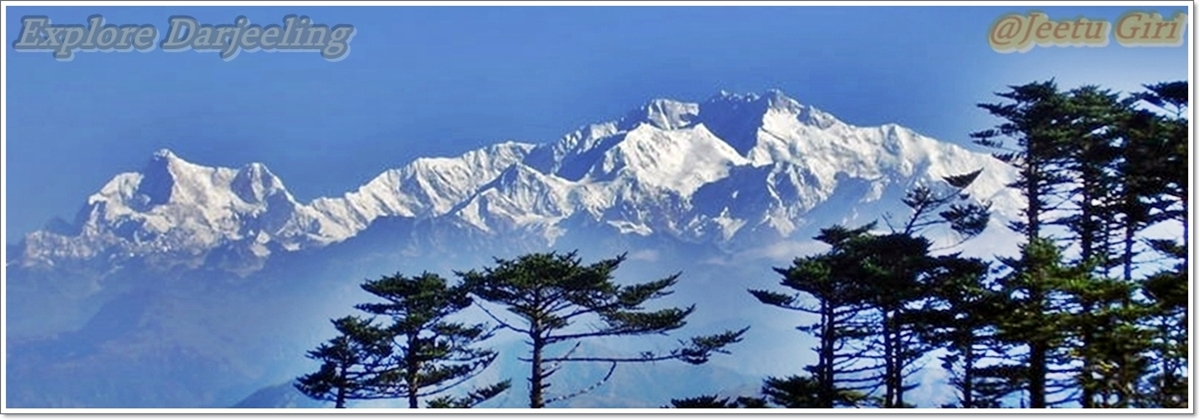
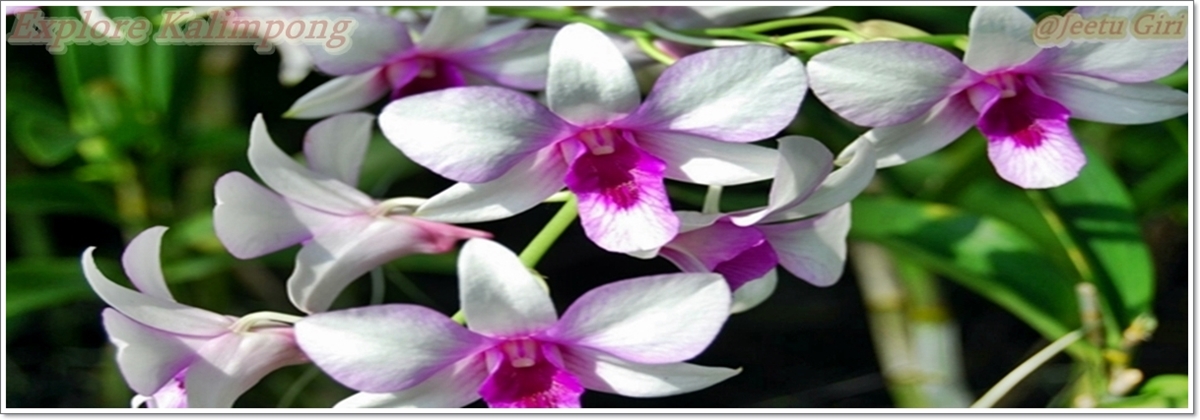
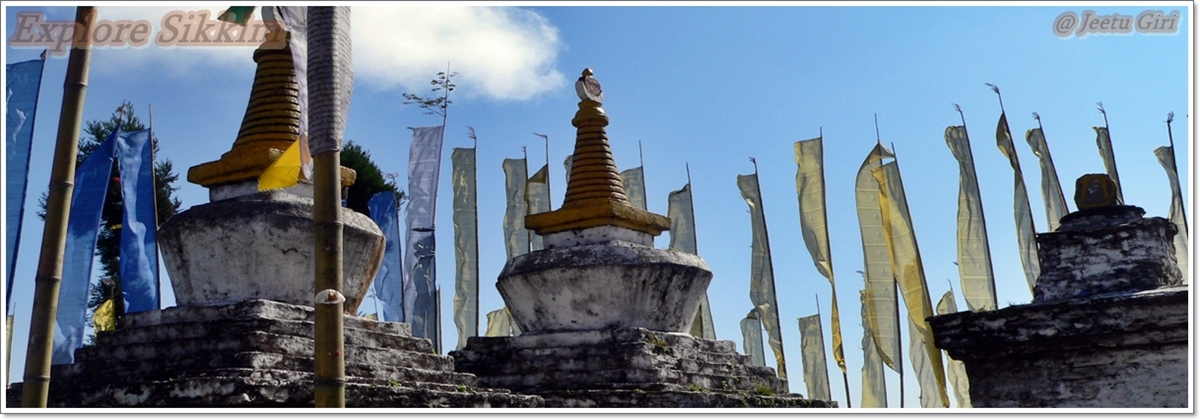

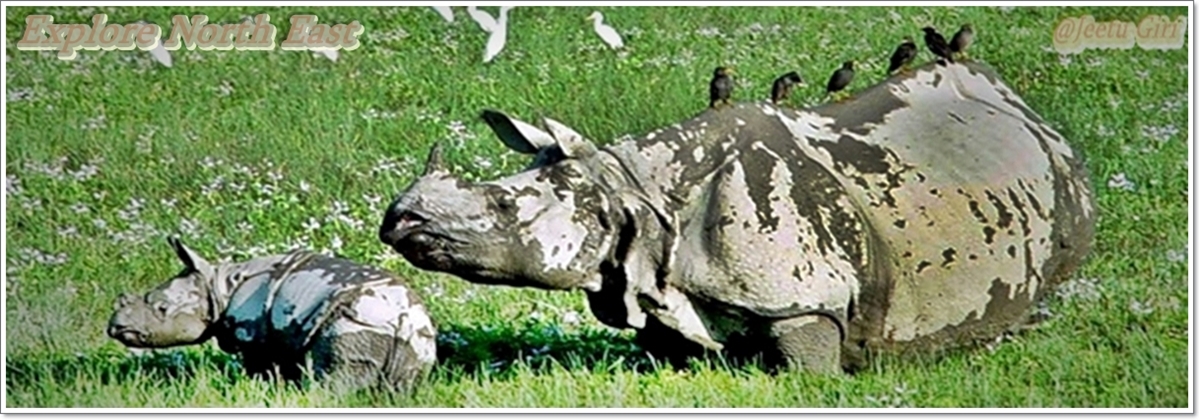
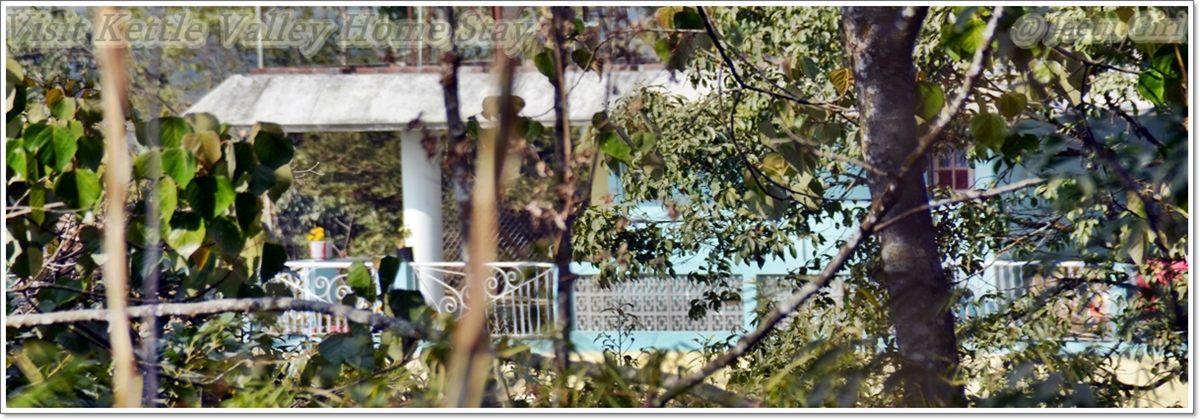
Kingdom of Bhutan, is a landlocked state in South Asia, located at the eastern end of the Himalayas and bordered to the south, east and west by the Republic of India and to the north by the People's Republic of China. Bhutan is separated from the nearby country of Nepal to the west by the Indian state of Sikkim, and from Bangladesh to the south by the Indian states of Assam and West Bengal.
Bhutan’s landscape ranges from subtropical plains in the south to the sub-alpine Himalayan heights in the north, with some peaks exceeding 7,000 metres (23,000 ft). The state religion is Vajrayana Buddhism, and the population of 691,141 is predominantly Buddhist, with Hinduism the second-largest religion. The capital and largest city is Thimphu.
Eastern Bhutan
Eastern Bhutan, a world of unexplored trekking, historical and cultural escapades, great scenery, textiles highlights and natural wonders. The districts of Mongar, Lhuntse, Tashi Yangtse, Tashigang and Samdrup Jongkhar. Of culture, Eastern Bhutan offers you lots of spiritual festivals that include some of the rare animist rituals and Bon practices. Explore the hub of the country’s unexplored destination. For the first few years, this unique destination is offered to adventure spirited tourists. Only those who like to experience the Spartan accommodation and tented or farmhouse stays, will enjoy these least visited regions.
Western Bhutan
The
Western Bhutan comprises of the six western Districts in the
country that includes Thimphu, Paro, Haa, Wangdue Phodrang, Punakha
and Gasa. In this circuit one may attend the summer festival of Haa
and delve into the wonders of a living culture. The festival
highlights Shamanic rituals and other folk dances. You may also
enjoy the beauty of the rare Himalayan flowers in bloom or take a
daring trek to Nob Tsonapatra that is full of interesting legends.
You may visit temples, dzongs(fortresses) and museums or attend to
a festival where textiles come to life. Festivals abound throughout
the year and trips can be tailored in accordance. Punakha festival
marvels you with the historical depiction of medieval warriors who
defended Bhutan with swords and shields. Experience the plantation
of rice in early summer or the harvests of the same in autumn. The
golden hue of ripening rice fields are photographers’ delight in
autumn. Do not miss the museums. Paro museum (Tadzong), reveals the
history, cultural, and in Thimphu, let the Folk Heritage museum
enthuse you with farmers’ livelihood.
Central Bhutan
Central Bhutan comprises of the two central Districts of Trongsa and Bumthang.,boasts unique attractions and is home to many sacred monuments in the country. The two Districts in the centre circuit also defined much of our History and till the early 1950’s was the seat of power for our two Kings. In this circuit one may attend the Nomads festival of Bumthang and delve into the wonders of a living culture of our nomads and participate in the Matsutake festival of Ura and taste the high altitude mushroom and drown in the Red panda beer. One can also witness numerous festivals including the annual tshechu of Trongsa and Bumthang, the Jampa Lhakhang tshechu, or witness the Ura tshechu that is unique. You may also visit the Ta Dzong that is now turned into a museum with its dominating four towers or visit the Wangdue Choling palace in Chamkhar built by our 1st King Ugyen Wangchuck.
You may also trek the Thrumshingla National Park and try and spot the six species of globally threatened birds that includes the Rufous necked hornbill, Rufous-throated wren-babbler, Satyr Tragopan, Beautiful nuthatch, Ward’s trogon and Chestnut-breasted partridge. Or further still try and spot the Red Panda or the foot prints of the Royal Bengal Tiger. The park forests range from alpine to sub-tropical broadleaf types.
Southern Bhutan
Southern Bhutan is the ecological hub of the country comprising of seven southern districts of Bhutan, namely, Samtse, Chukha, Dagana, Tsirang, Sarpang, Zhemgang and Pemagatshel. Zhemgang, one of the districts in southern Bhutan is ideal for nature oriented tours though the cultural highlights are irresistible. The famous Dunmang hot spring is in Zhemgang district. There are also other hot springs in Sarpang district.
Other activities and attractions includes the Phibsoo Wildlife Sanctuary, the Royal Manas National Park, the tropical fruits and numerous species of medicinal plants and the culture of the Khengpas and the Lhotsampas.The Lhotsampas are the ethnic race of Nepalese origin, settled in the southern part of Bhutan. Mostly Hindus, their rituals and festivals are very colorful.
Getting to Bhutan
The main points of entry are through Phuentsholing in the south that links Bhutan with the Indian plains of West Bengal, through Gelephu and Samdrup Jongkhar that links with the Indian state of Assam and through Paro, where the entry is through Druk Air, the National airline of Bhutan.
Travel by Air
The country has so far only one airport that caters to the needs of visitors coming in through flight. However, an international airport is under construction in Gelephu that will eventually provide passengers with a choice of their entry to Bhutan. The Bhutan’s only international airport at Paro, is located at a height of 7300 ft above sea level and surrounded by mountains and hills as high as 16,000 feet. Druk Air is the national air operating with two A319. It flies to destinations that include Bangkok, Delhi, Kolkata, Bodh Gaya, Dacca, Kathmandu and Guwahati in Assam and Plans are also underway to invite other private airliners.
Travel by Land
Phuntsholing, Gelephu and Samdrup Jongkhar in eastern Bhutan are the only land border areas open for international tourists. The town of Phuntsholing is located approximately 170 km east of the Indian national airport Bagdogra. After crossing Phuntsholing, your journey then begins its mountainous climb through endless turns and hair-pin bends till you enter Thimphu, the capital city. The travel time for the 176 km stretch can be more than 6 hours.
Gelephu in South-Central Bhutan is another entry point to Bhutan. It is approximately 250 kms from Thimphu and the journey will take you through the sub-tropical areas of Bhutan before entering the alpine zone and then finally into Thimphu. One will have to traverse across three Districts and the travel time will be about ten hours.
Samdrup Jongkhar is the only entry point in eastern Bhutan. The town borders the Indian district of Darranga, Assam and is approximately 150 kms away from Guwahati, the capital city of Assam. The journey from Guwahati is about three hours. Tourists entering Bhutan through Samdrup Jongkhar will take you to Trashigang, the largest District in the country, and from there over the lateral route to Mongar, Bumthang, Trongsa, Wangde Phodrang and then finally into capital, Thimphu. The distance is about 700 kms and will take you a minimum of three days to reach Thimphu.
Visa Formalities:
Other than Indian, Bangladeshis and Maldivian nationals, all visitors to Bhutan require a visa; all visas are issued from Thimphu; visas are only issued to tourists who confirm their trip. Applications for tourist visas are submitted by the tour operator. Visa clearance from Thimphu must be obtained before coming to Bhutan. Visa clearance takes at least 10 days to process. Air tickets to Bhutan cannot be purchased without visa clearance. At your point of entry the visa will be stamped in your passport, two passport photos will also be required. Visas are issued for a 15day period; extensions can be obtained in Thimphu at an extra cost.
Copyright©2012
Enchanting Himalayas Adventure (All right reserved)
Design by Jeetu Giri